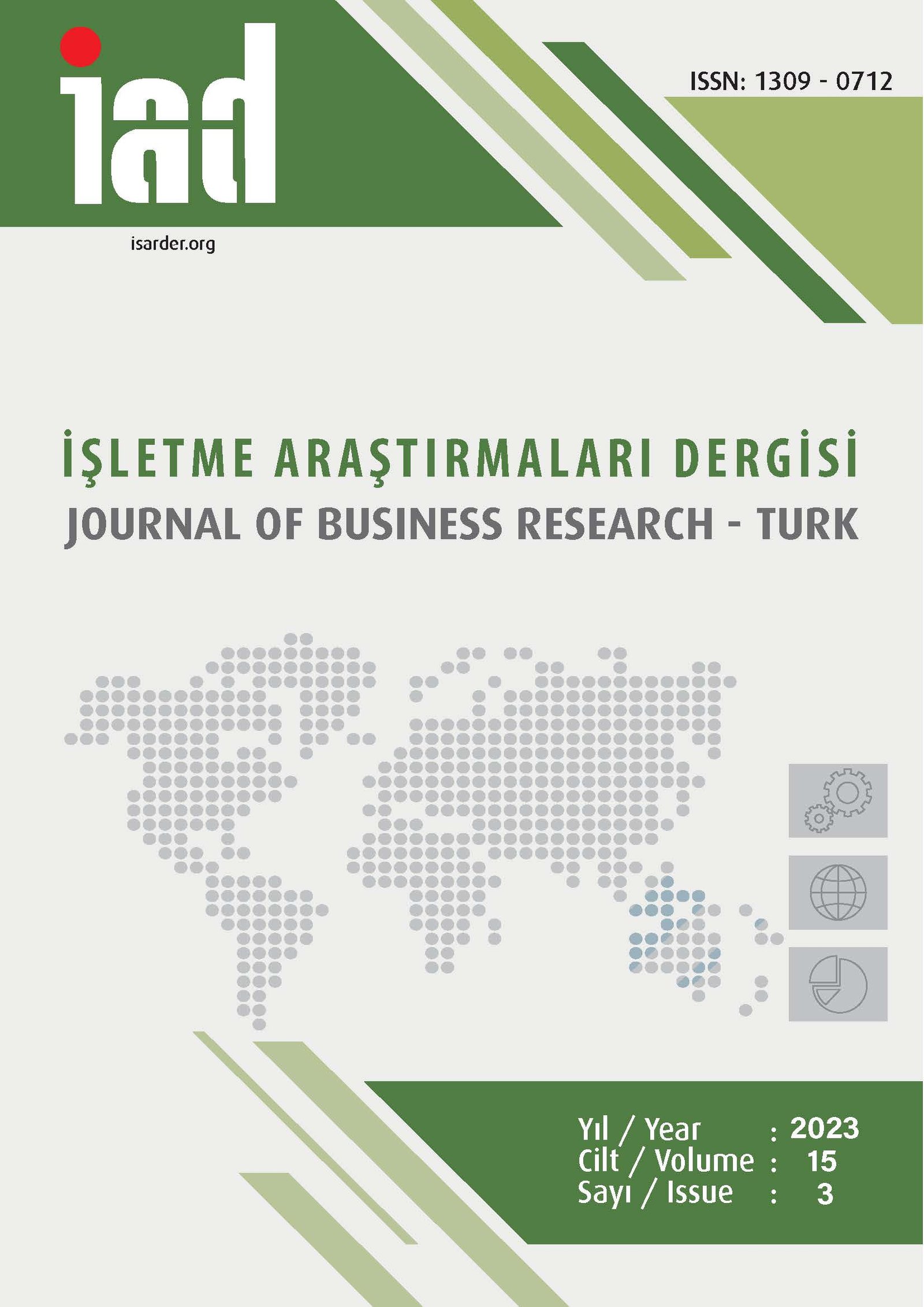An Investigation of the Effect of Remote Working on Work-Family Life Balance in the Covid-19 Pandemic Period from the Perspective of Human Resources Management
Keywords:
COVİD-19 Pandemic, Remote Working, Work-Family Life BalanceAbstract
Purpose – The purpose of this research is to examine the effect of remote work on the work-family life balance of employees during the COVID-19 pandemic period. Design/methodology/approach – In this research, an online questionnaire was applied to 238 employees working in Isparta who switched to remote working order during the COVID-19 pandemic period. In the study, which used quantitative research method, convenience sampling method was preferred. “Remote Working Scale” and “Work-Family Life Balance Scale” were used as data collection tools. SPSS and AMOS programs were used in the analysis of the data. The findings were analyzed using the structural equation modeling method. Findings – The effect of the Distance Working Scale sub-dimensions on the Work-Family Life Balance Scale sub-dimensions was discussed with the structural equation model method. Some adjustments were made to improve the model in line with the theoretical background. According to the obtained values, the model was found to be compatible with the data and at an acceptable level. From the effect hypotheses created for the model; six are supported while the other six are not. In this direction, it was concluded that remote work has a positive effect on work-family life balance. Discussion – It has been understood that efficiency and productivity and organizational trust are effective factors in ensuring the work-family life balance of the employee. Therefore, in this process; Human resources management plays an important role in improving employee productivity and performance and making arrangements that support employees. In this direction, it is recommended to determine regulations and policies to ensure the work-family life balance of remote workers.
Downloads
Published
Versions
- 2025-08-10 (2)
- 2023-10-03 (1)
How to Cite
Issue
Section
License

This work is licensed under a Creative Commons Attribution-NoDerivatives 4.0 International License.





